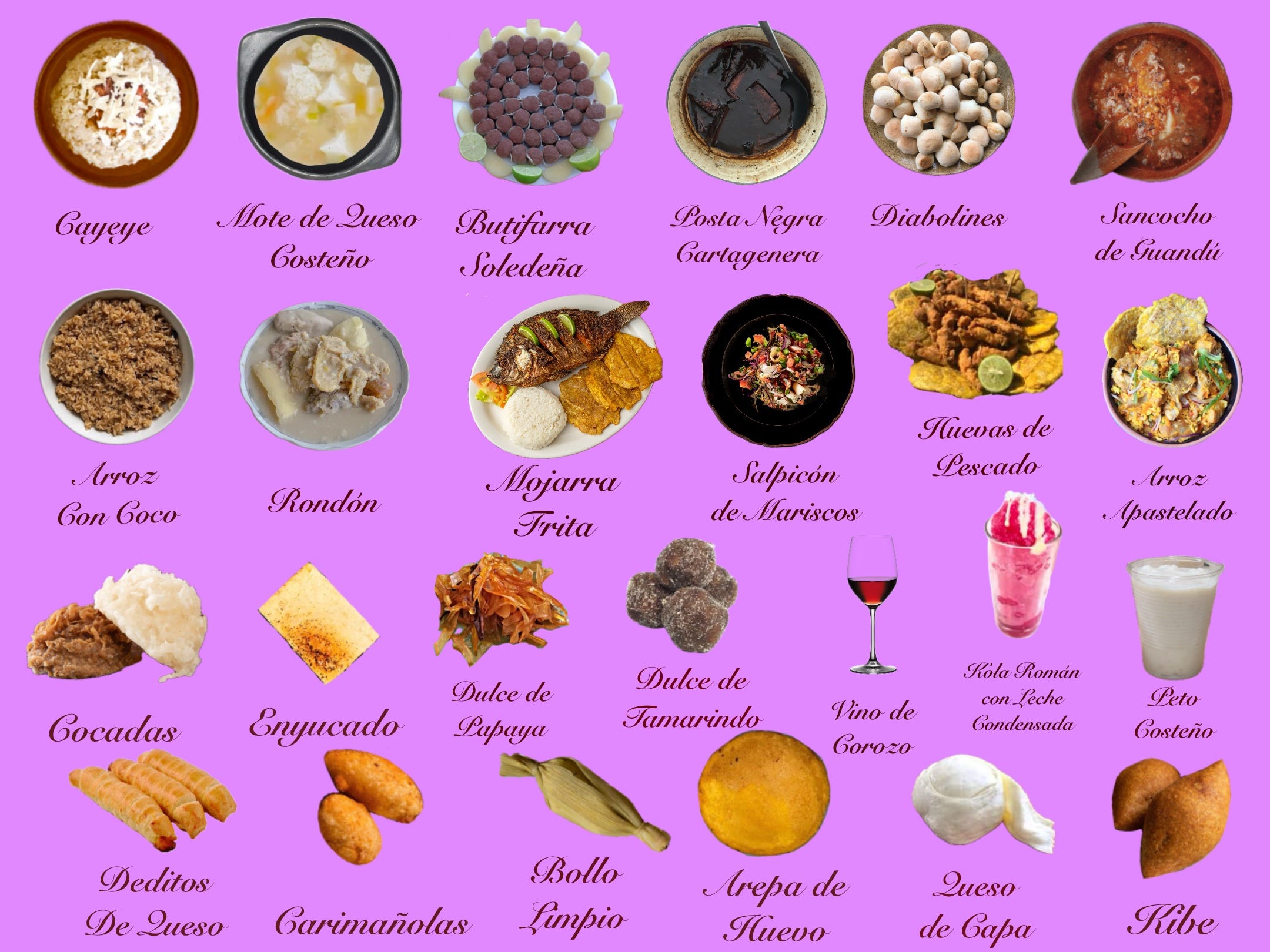The Colombian Caribbean
Typical foods from the arid coasts, tropical highlands & distant islands.
The following story is part of a regular feature in this newsletter for paid subscribers. The format is similar to the Ecosystems stories, which describe the ingredients from a particular landscape, however, Regional Foods describe how they are being used together.
The Caribbean coast of Colombia is as rich in gastronomic traditions as anywhere else in the Americas. From abroad, the view of the region’s cuisine is often limited to the immediate area around Cartagena, the romantic coastal city, but the tangle of foodways and centuries of mixed influences reaches much deeper than one might expect. Extending from Panama to Venezuela, the landscape varies between tropical dry forests and desert, becoming more lush and green with the rises in altitude and seasons of rain. The highest coastal mountains on planet earth are here, hiding Pre-Colombian cultures and astounding biodiversity. Combined with the sea, there’s the Magdalena River Basin, providing a wealth of freshwater resources, and irrigation to feed the fields of bananas, palm fruits and other crops that grow on the coastal plains and river valleys.
The typical recipes of Colombia’s Caribbean region are a reflection of its cultural diversity. Indigenous communities, especially present around La Guajira to the northeast and in the Sierra Nevada de Santa Marta, once greatly benefitted by being in the middle of the trade routes between the great civilizations of North and South America, giving them the tools to build the foundations of the current food system, even through centuries of erasure that began after Conquest. The region’s present day recipe book revolves around the influence of the last several centuries of migration, and the disruption it caused in the scale and methods in how crops are grown.
The food tends to be heavy here with many snacks fried in oil, a contribution of the Africans that arrived forcibly through the slave trade, and a considerable amount of dairy used, partially influenced by Middle Eastern migrants that began arriving in the late nineteenth century. The food of urban hubs like Cartagena, Barranquilla and Santa Marta can feel homogeneous at times, but the further out you get, in rural areas and small cities, like Montes de María, Mompós and Soledad, the more the food becomes connected the surrounding micro-regions.
The below guide will help you understand how subtle shifts in longitude and altitude have helped given rise to certain dishes, while other staple foods are a result of the power of the agro-industry here. The information gathered about these recipes has occurred over almost 20 years of travel in Colombia’s Caribbean, with first hand documentation from street vendors and markets, family homes and typical restaurants. While it’s not even close to the full breadth of the dishes that can be found here, the hope is that it can provide a point of departure for larger, more in depth culinary explorations of the region.
Keep reading with a 7-day free trial
Subscribe to New Worlder to keep reading this post and get 7 days of free access to the full post archives.




